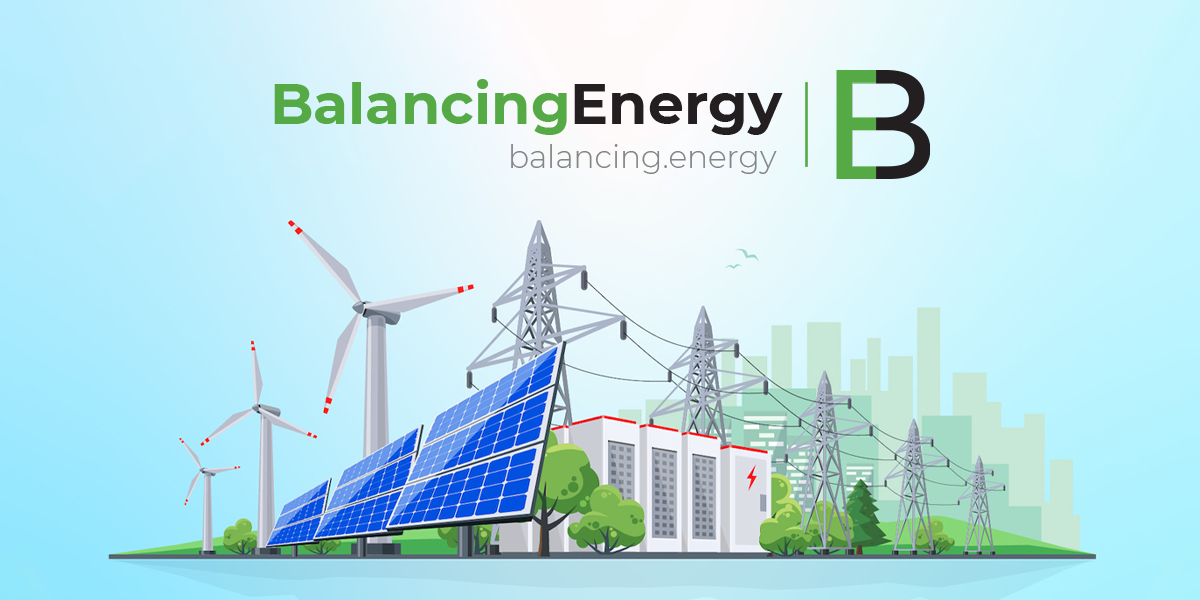It appears that the Employers’ Associations from Greece, Romania and Bulgaria are taking an increasingly proactive approach in addressing the electricity market issues affecting their region. Their advocacy highlights the severe economic consequences of volatile electricity prices for energy-intensive industries, which are crucial to the competitiveness of southeastern Europe. The region’s ongoing struggles with price spikes and insufficient infrastructure, such as limited interconnection capacity, exacerbate the situation and pose long-term risks to both energy security and economic stability.
Here’s a summary of the key points:
- Recurring price spikes: The Employers’ Associations are calling for urgent structural reforms in the European electricity market to address the persistent volatility of electricity prices in southeastern Europe, which negatively affects the competitiveness of energy-intensive industries.
- Previous advocacy: Their recent letters (including the one sent in September) highlight that, while temporary price stabilization occurred, the underlying causes of price fluctuations remain unaddressed. They warned that these issues could worsen in the coming winter, especially if energy demand rises.
- Limited interconnection and market integration: The Associations stress that the lack of interconnection capacity in southeastern Europe is a critical factor contributing to price volatility, as it hinders the ability to move electricity efficiently across borders during periods of high demand. This issue, combined with limited integration into the broader EU electricity market, leads to significant price disparities (up to 50-100 euros/MWh) between southeastern Europe and other regions like central and western Europe.
- Short-term and long-term solutions:
- Short-term solutions: Taxing excess profits from electricity producers and traders, with the proceeds being used to mitigate the impact on consumers and stabilize the market.
- Long-term solutions: The Associations are advocating for the European Commission to prioritize the development of interconnection infrastructure to better integrate southeastern Europe into the EU’s broader energy system and reduce the price gap.
- Previous EC response: In October, the European Commission discussed the matter, but no concrete steps were taken to address the concerns raised by the three countries.
This situation reflects a larger issue of regional energy market integration and the need for infrastructure improvements to support energy security and fair pricing across the EU. It also underscores the importance of tackling both short-term economic pressures and long-term systemic issues in the energy sector to ensure a stable and competitive environment for industries in southeastern Europe.
The continued pressure from these countries on the European Commission indicates that unless substantial steps are taken soon, the region’s economic stability could face even greater challenges.










